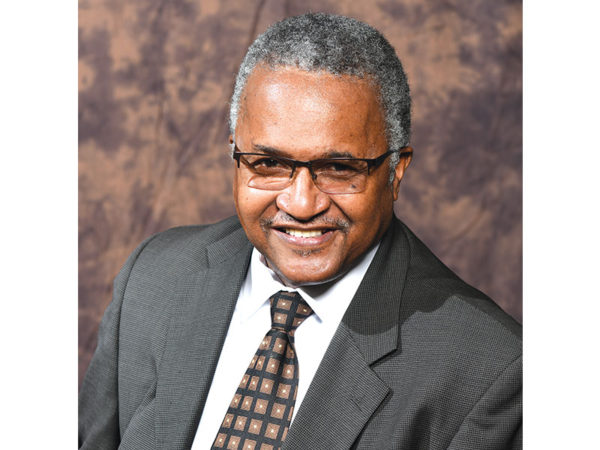There is always controversy when it comes to naming public buildings and streets, in our local community we have had our share of drama that still continues.
Tuesday night members of the school board clashed over the renaming of Robert E. Lee, Jr. High. Passions were high after the board voted to reject one name brought by a search committee: Neville Jr. High.
In repeated editorials over the last ten years, this publication has called for local governments to develop a strict policy about the naming of public buildings and streets. Those suggestions are routinely ignored and emotional clashes usually result. Tuesday’s meeting was no exception.
Public buildings and streets usually bear the names of those who have made great contributions of service or resources to the promotion of the public good.
A public building renaming policy should strive for objectivity. The policy should include a vetting of candidates to ferret out embarrassing moral lapses and criminality. It should profile applicant names to learn their contribution and develop a rubric for the final recommendations. The policy should require public input, but not be bound by the results, and should include a recommendation procedure to the governing body. No name should be considered that has not been thoroughly vetted by the naming committee. Once named, following this or a similar procedure, buildings should not be renamed.
The clash over the renaming of Robert E. Lee Jr. is small when compared to the dissension and hatred that developed over the naming of Carroll High School in 1952. It divided the African-American community for years afterward.
Professor Madison Foster was the legendary principal of Monroe Colored High School for many years. When the school board, led by the late Annie Gray Noe, led a push to abruptly replace him with Morris Henry Carroll, controversy brewed, teachers resigned and tempers flared. Heartbroken, Professor Foster died shortly after his ouster. The community blamed Caroll for “killing poor Professor Foster.”
When Monroe Colored high moved to a new facility on Renwick Street, the community floated a petition signed by over 5,000 African-Americans to rename the school Madison James Foster High. The petition drive was led by the late B.D. Robinson and was presented to the school board. The board ignored the petition and at Mrs. Noe’ urging named the school Henry Clay Carroll High School. Tempers flared over what they perceived as the posthumous insult to Professor Foster’s legacy.
Tempers died down, months later when a new government housing project opened in the Renwick neighborhood. To pacify the public, it was named “The Foster Homes” which seemed a reasonable name to the wounded community.
There was a small controversy when the Police Jury named the Ouachita Parish Health Unit on Desiard after Ray O. Wright instead of Henrietta Foster, who taught hundreds of African-Amercican women to be LPN’s. The Jury later named a room in the building after Mrs. Foster.
In recent years there was controversy over the naming of a music building at Carroll High School. It chose Barbara Bonner, who spent her life directing the school choir. It named a room after the other applicant, Roosevelt Pine, but not without controversy.
Five years ago the Monroe City Council voted to name the Powell Neighborhood Center after Bennie J. Ausberry and James Hughey. However, former Mayo Jamie Mayo, refused to have the new name placed on the building. After the death of Henry Carroll, a petition drive came before the Monroe City Council to rename Renwick Street to Henry Carroll Boulevard.
That sparked resistance from the Renwick family and the Renwick name remained.
The school board replaced the name of Abraham Lincoln Elementary with Roy Neal Shelling, and now one member wants to replace the name of Thomas Jefferson upper elementary and replace it with a black person.
Without a set policy and procedure ritual of naming buildings and then renaming them later will continue.
Everyone can think of a name they love. Look at the names suggested for Lee Jr. High: 19th Street Jr. High, Abraham Bowie, Andrew F. Brimmer, Barack Obama, Barbara Jordan, Beidenharn, Bill Russell, C.T. Vivian, George Hamlet, LeBron James, East/Eastside, A.A. Forsythe, Gen. Claire Chennault, George Riser, Grady Jones, Harriett Tubman, Henrietta Lacks, Henry Esaw, High Hopes, Huey P. Newton, James Stafford, Joe Delaney, Lea Joyner, Muhammad Ali, P.B.S. Pinchback, Ronald Reagan, Roosevelt Rankins, Rosa Parks, Saul Rosenburg, Sara Breedlove, Van Leigh
There were more, but the point is clear; everyone has a favorite name.
There is one redeeming grace to the whole controversy: The board has resolved that the name of the American traitor Robert E. Lee will be replaced.
That is a step forward, a big step.


